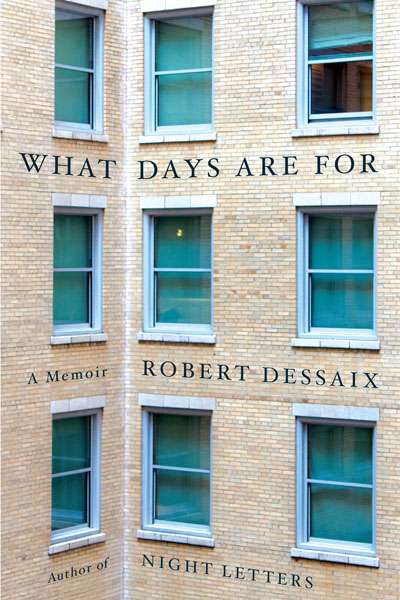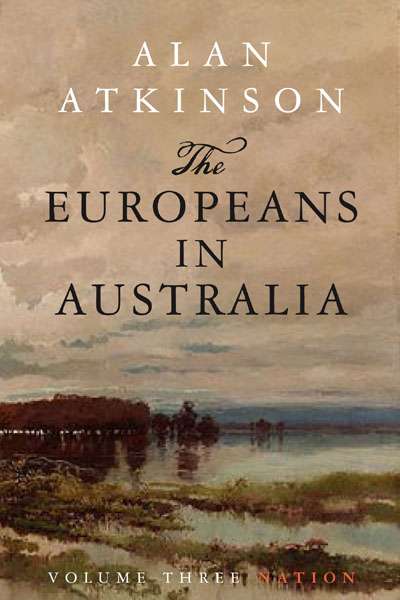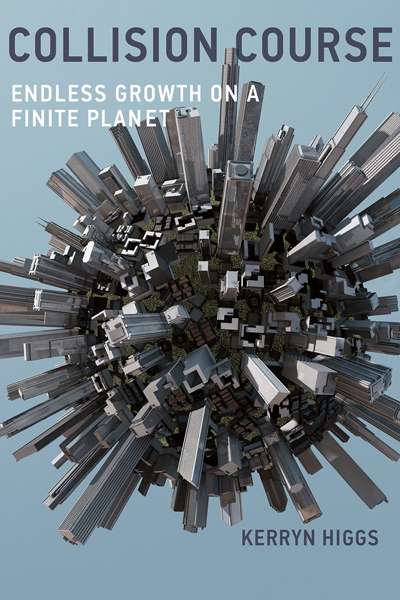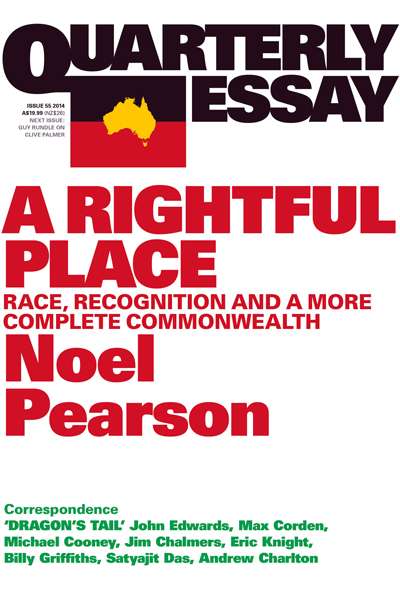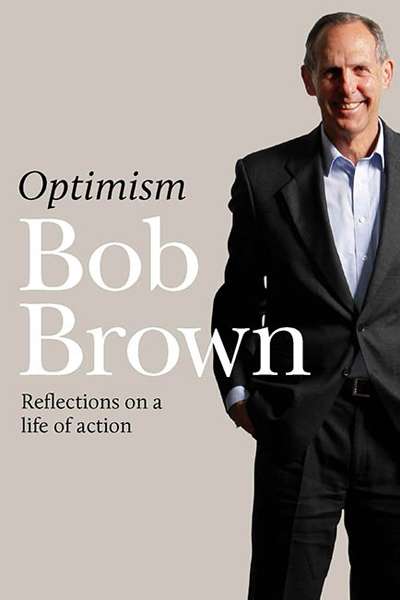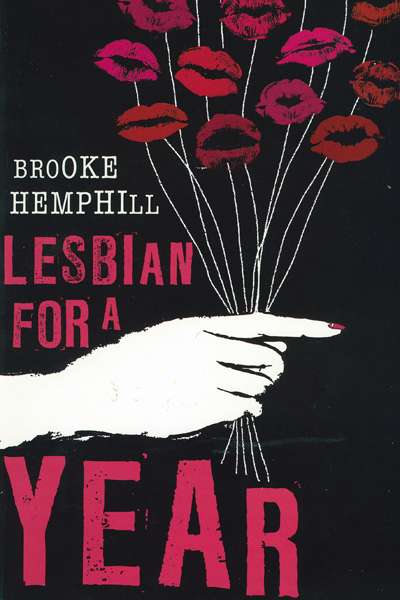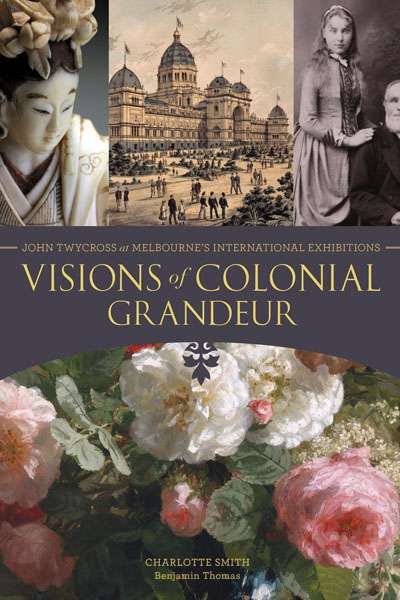Non Fiction
What this is not, as Kim Williams is quick to tell us (introduction, paragraph two), is a dog-bites-Murdoch account of that nasty business in August 2013 that saw Williams summarily ousted as chief executive of News Corp Australia. Other disgruntled former Ruprechtian courtiers such as former editor-in-chief of The Herald Sun Bruce Guthrie, who sought and won legal redress and indeed wrote an account of his experiences (actually called Man Bites Murdoch), have told their stories, and told them well. But this is not the path of the enigmatic and enlightened Kim. Instead, as he says, this is a book about ‘one of the most precious things in life that drives most of us … our passions’.
... (read more)The Europeans in Australia: Volume 3: Nation by Alan Atkinson
On 17 January 1991, Alan Atkinson wrote to fellow historian Manning Clark to express his appreciation after reading The Puzzles of Childhood (1989) and The Quest for Grace (1990), Clark’s two volumes of autobiography. While Clark had only four months to live, Atkinson would soon begin work on The Europeans in Australia, a three-volume history of his country that would occupy him over the next twenty years. ‘I enjoyed both [the autobiographies],’ he told Clark; they ‘had a kind of subjectivity about them. It’s a remarkable style you use, which seemed to relate very much to me, so that they taught me a lot.’ Atkinson later described how he was ‘profoundly influenced’ by Clark’s work. Even more than the vast scale of Clark’s six-volume A History of Australia, it was the ‘infinite variety and open-ended stillness … of the past itself’ that affected him so intensely. Clark had shown Atkinson that the historian must ‘not just reimagine the national story but also do it in ways that ask questions about humanity itself’.
... (read more)I am a ‘Sputnik’, born in the year the Soviet satellite launched the Cold War into space. The launching by the Russians of the first artificial Earth satellite on 4 October 1957 seemed to many in the West a threatening symbol of escalating superpower rivalry. And it did unleash extreme military anxiety and triggered what became known as the Space Race. Twelve years later, in the mid-winter of 1969, I remember waking up just before midnight to watch on television as a Saturn V US rocket, wreathed in smoke and flame, inched its way off the ground at Cape Canaveral. It powered mightily against the pull of gravity and triumphed. It was beginning its journey out of Earth’s atmosphere towards the Moon.
... (read more)Collision Course: Endless growth on a finite planet by Kerryn Higgs
This clear and cogent book is an important wake-up call. It should not need saying that it is impossible for human populations and economies to grow without limit on a finite planet, but that delusion is widespread. This book is a reminder of the inconvenient truth that should be informing our leaders ...
... (read more)A Rightful Place: Race, Recognition And A More Complete Commonwealth (Quarterly Essay 55) by Noel Pearson
Whether you love or hate lawyer–activist Noel Pearson’s ideas, you have to admire his chutzpah, his willingness to put his ideas out there for public discussion and debate, even if his own dogmatism sometimes limits his diplomatic engagements ...
... (read more)There is a built-in paradox for the Greens: they need to both persuade people that we face major ecological disasters and at the same time hold out hope that we can respond meaningfully to them. To do this requires the sort of corny and touching optimism that gives Bob Brown’s book its title.
Optimism is neither a conventional memoir nor a political autobiography; it is rather a collection of sketches from the life of a man who will be remembered as one of the pivotal figures of Australian politics in the two decades that straddle the new millennium. The style is largely prosaic, excepting moments of real feeling when Brown describes the Tasmanian wilderness and his relationship to it.
... (read more)Many years ago, after working for a while in Europe, we returned to Australia via America. We picked up a car in Atlanta and drove through sprawling cities, alarming slums, and abandoned downtowns. Across Mississippi and the broad, reassuring openness of Texas, to Arizona and the Grand Canyon, we passed through the alien electrics of Las Vegas, down into Death Valley, and up over the Sierra Nevada to the west coast and San Francisco.
... (read more)Brooke Hemphill knows hers was not meant to be an ordinary existence, yet by her early twenties she is engaged and planning the perfect wedding – with the wrong guy. She breaks it off and moves in with a married man. He, too, is wrong for her. She works on an island resort and falls for another, but he takes off for Europe. She travels to the United States and works on a cruise ship. Life is a continual bender of booze and drugs, until she falls pregnant and returns to Melbourne.
... (read more)As a freshwater ecologist, Alison Pouliot endeavours to understand the interplay of the processes that sculpt the Australian environment.
As an environmental photographer, she aspires to capture the intricacies and obscurities of these processes.
The insidious creeping nature of drought can sometimes lend itself more to images than words.
... (read more)Visions of Colonial Grandeur: John Twycross at Melbourne’s International Exhibitions by Charlotte Smith and Benjamin Thomas
Not many substantial private collections of art and decorative arts in Australia have remained intact from the nineteenth century. John Twycross (1819–89) was one of Melbourne’s early art collectors, and his collection has proved to be an exception. Twycross, lured there by the gold rush, made his money as a merchant in Melbourne in the middle of the nineteenth century. He began collecting art during the 1860s and became a major lender to the National Gallery of Victoria’s historic 1869 loan exhibition. He also spent heavily at the Melbourne International Exhibition of 1880 and even made a few purchases from the Melbourne Centennial Exhibition of 1888, the year before he died. He was also a lender to the 1888 exhibition. Some 200 of the works that Twycross purchased at these exhibitions have remained together. In 2009 a descendant donated them to Museum Victoria, which is custodian of the Royal Exhibition Building.
... (read more)

